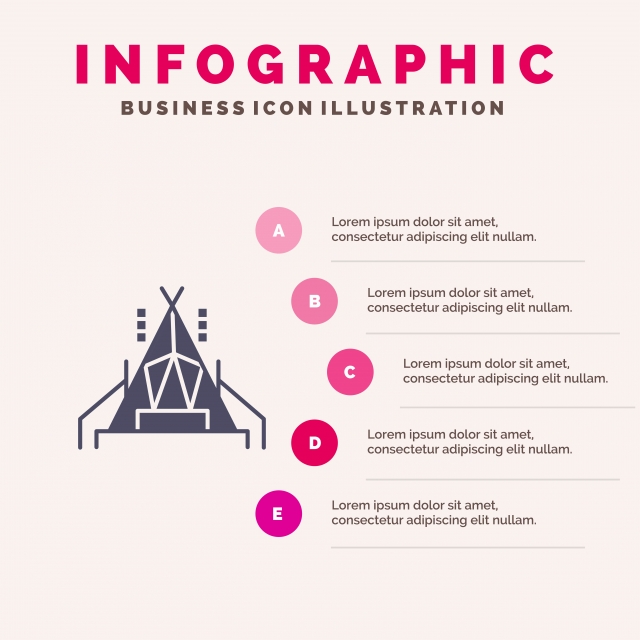While telescopes are a wonderful means to watch the evening skies, binoculars are ideal for spur of the moment stargazing. They are little and mobile, and do not need a tripod.
Can I put my tent in the washing machine?
Binoculars can help you pick Saturn's rings, the fragile earthshine on a crescent moon and remote Neptune, which shines greenish-bluish from methane in its environment. They likewise let you observe open and globular star clusters, and pale galaxies like M17 in Sagittarius.
Zoom
The magnification number is the first thing to look for when buying field glasses. This number refers to the size of the unbiased lens, which figures out exactly how brilliant an object shows up. The bigger the lens, the brighter an object will show up.
Bear in mind that zoom alone won't expose more photo information; the solving power of the optics is likewise essential. The smaller sized the settling power, the harder it is to separate objects that are close together.
A large magnifying can also decrease the field of vision, which restricts how vast an area you can see at one time. Make certain to examine the "field of view" specification on the binoculars you are considering, as also models with the same zoom can have wildly various FOV's! A higher FOV will certainly make it simpler to situate and track items, especially if you're checking across the skies. It's likewise a good concept to consider whether you desire your binoculars to be picture stabilized, which will certainly compensate for the activity of your hands and create a solitary photo.
Field of vision
The field of view is the quantity of space that can be observed. This is a vital element to take into consideration when buying binoculars. The bigger the field of view, the even more things you will certainly have the ability to see without moving the field glasses. For instance, you will have the ability to locate fast-moving wild birds less complicated and more quickly. It will certainly additionally be easier to find small nebulas or star clusters in expensive observations.
Many field glasses will show the angular and straight field of view on one of their barrels. The angular field of vision will certainly be given in degrees and the straight field of view will be specified in feet observed at 1,000 backyards or meters observed at 1,000 meters.
Sometimes the angular and direct field of vision will certainly be noted with each other in a table. It is very important to keep in mind that the angular and linear fields of view will certainly be various, even when the magnification is the same.
Eyepieces
The eyepiece is the lens or team of lenses in between the last image in an optical tool and the viewer. It serves to amplify that photo, and therefore determines its zoom.
Normal field glasses have a main focus wheel between the two barrels that can be utilized to concentrate them on a things. They additionally have a small, stiff-turning wheel by the best eyepiece called a diopter to make up for distinctions in between a visitor's eyes.
Field glasses can be used by myopic (near-sighted) and hyperopic (well-balanced) individuals without the requirement for glasses. Nonetheless, those with extreme astigmatism should still wear their eyeglasses while using binoculars. Binoculars have a larger departure student than telescopes, therefore it's much easier for the customer to position their eyes in the proper placement for viewing objects. This helps to avoid blurry images caused by vignetting, or darkening of the image around the edge of the field of view. A unique hiking gifts larger exit student additionally permits a viewer to move their eyes promptly from one challenge an additional.
Tripods
For the very best outcomes with both field glasses and telescopes you will certainly wish to utilize a tripod. It doesn't have to be a fancy camera type tripod either, most field glasses have what is called a tripod adapter port that approves a typical one and is reasonably cost-effective and very easy to get.
The primary reason that astronomers use telescopes is that their larger aperture provides far better light celebration which permits them to see greater resolution pictures of faint deep sky things, like galaxy and galaxies, while still keeping a large field of view. Field glasses do not have this capacity and, with a little aperture, they can not fix images as sharply as a telescope.
How much is a canvas tent?
With the appropriate problems, nevertheless, it is possible to enjoy viewing several huge objects with a pair of field glasses. Utilizing them to roam the summertime skies for binary stars, or to move amazing star fields on a clear evening is an interesting experience.
